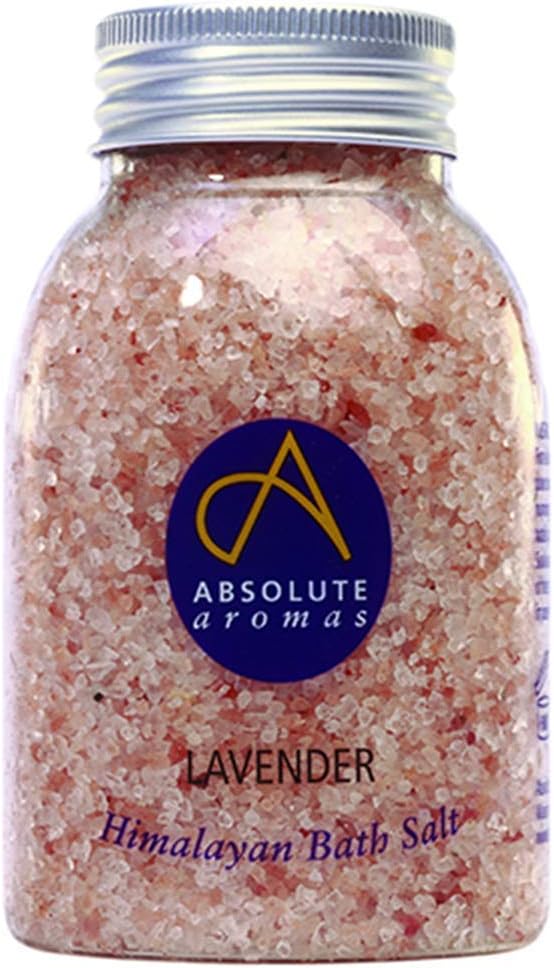Comparing Himalayan Pink Salt with Other Types of Salt
Himalayan pink salt is often lauded for its unique properties and health benefits, but how does it stack up against other types of salt? Understanding the differences can help you make informed decisions about which salt to use in various culinary and wellness contexts. Here’s a comprehensive comparison of Himalayan pink salt with table salt, sea salt, and kosher salt.
1. Table Salt
Origin and Processing:
- Source:
Typically mined from underground salt deposits. - Processing:
Highly refined and processed to remove impurities. Often contains added anti-caking agents to prevent clumping and may be fortified with iodine.
Mineral Content:
- Composition:
Primarily sodium chloride, with a very small amount of other minerals. - Added Iodine:
Table salt is usually iodized to help prevent iodine deficiency, which can cause thyroid problems.
Health Implications:
- Refinement:
The refining process removes most of the trace minerals, leaving mainly sodium chloride. - Iodine Content:
The added iodine is beneficial for thyroid health.
Usage:
- Culinary Uses:
Commonly used in baking and cooking due to its fine texture and consistent salinity. - Everyday Use:
Ideal for general seasoning and table use.
Pros and Cons:
- Pros:
Widely available, inexpensive, and contains iodine. - Cons:
Highly processed, lacks trace minerals, and may contain additives.
2. Sea Salt
Origin and Processing:
- Source:
Harvested from evaporated seawater. - Processing:
Minimal processing; retains more of its natural minerals compared to table salt.
Mineral Content:
- Composition:
Contains a variety of minerals and trace elements, depending on the source of the seawater. - Variety:
The mineral content can vary widely, giving different types of sea salt unique flavors and colors.
Health Implications:
- Minerals:
The additional minerals can offer some health benefits, but the amounts are generally minimal. - Purity:
May contain traces of environmental pollutants or microplastics, depending on the source.
Usage:
- Culinary Uses:
Used for seasoning, finishing dishes, and in recipes where a coarser texture is desired. - Variety:
Available in different grain sizes and colors, each providing a unique flavor profile.
Pros and Cons:
- Pros:
Less processed, contains trace minerals, and offers unique flavors. - Cons:
Can be more expensive and may contain environmental contaminants.
3. Kosher Salt
Origin and Processing:
- Source:
Mined from underground salt deposits or evaporated from seawater. - Processing:
Coarser grain and typically does not contain additives. It’s often more natural and less processed.
Mineral Content:
- Composition:
Primarily sodium chloride with minimal trace minerals. - Purity:
Generally free of additives and anti-caking agents.
Health Implications:
- Simplicity:
The lack of additives makes it a purer choice compared to table salt. - Mineral Content:
Contains fewer minerals compared to Himalayan pink salt and some sea salts.
Usage:
- Culinary Uses:
Preferred in cooking for its large, flaky crystals that are easy to pinch and sprinkle. Dissolves quickly, making it ideal for seasoning meats and vegetables. - Koshering:
Traditionally used in the koshering process to draw blood from meat.
Pros and Cons:
- Pros:
Easy to handle, dissolves quickly, and generally free from additives. - Cons:
Lacks the trace minerals found in Himalayan pink salt and sea salt.
4. Himalayan Pink Salt
Origin and Processing:
- Source:
Mined from ancient sea beds in the Salt Range mountains of Pakistan. - Processing:
Minimally processed to preserve its natural state and mineral content.
Mineral Content:
- Composition:
Contains over 80 trace minerals, including magnesium, calcium, potassium, and iron, which give it its distinctive pink color. - Richness:
The variety of minerals can contribute to its unique flavor and potential health benefits.
Health Implications:
- Mineral Benefits:
The trace minerals can support various bodily functions, although the amounts are small. - Purity:
Often considered one of the purest forms of salt available.
Usage:
- Culinary Uses:
Excellent for seasoning, cooking, and finishing dishes. The larger crystals can add a crunchy texture. - Wellness:
Used in bath salts, salt lamps, and inhalers for its purported health benefits.
Pros and Cons:
- Pros:
Rich in trace minerals, minimally processed, and visually appealing. - Cons:
Can be more expensive and the health benefits, while positive, may not be significantly greater than other salts.
Conclusion
Each type of salt has its own unique characteristics, benefits, and ideal uses. Table salt is a convenient, everyday seasoning, especially for iodine intake. Sea salt offers varied flavors and textures but may contain impurities. Kosher salt is prized for its ease of handling and purity in cooking. Himalayan pink salt stands out for its mineral content, natural purity, and versatile uses in both culinary and wellness applications. By understanding these differences, you can choose the best salt to meet your specific needs and preferences.





